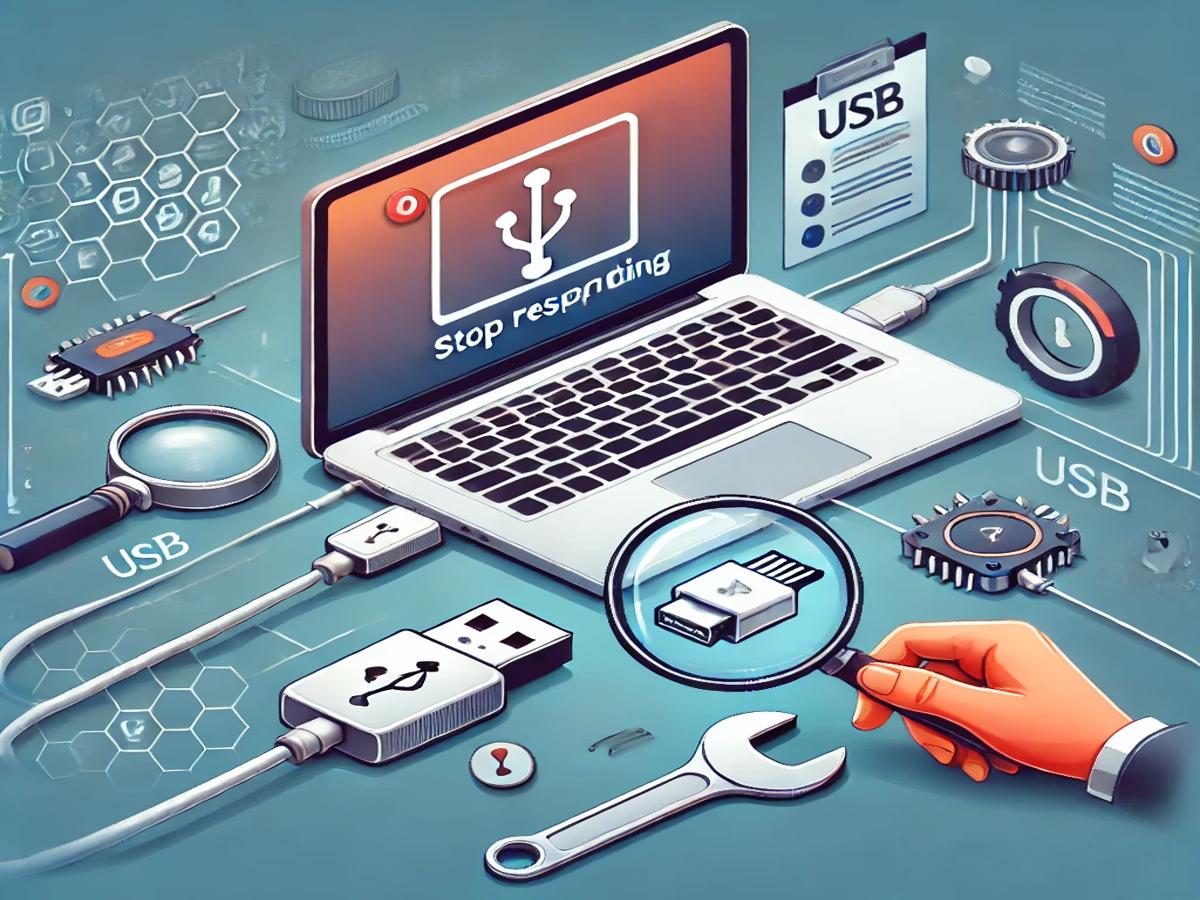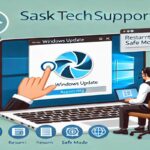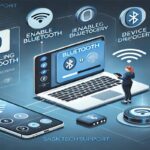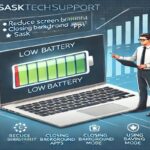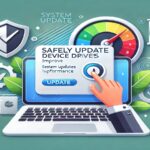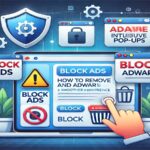In today’s technology-driven world, USB ports serve as essential connectors for a multitude of devices. From smartphones and printers to external drives and keyboards, a functional USB port is indispensable. However, USB ports can occasionally stop responding, causing frustration and disruption. In this guide, we will walk you through detailed and effective troubleshooting techniques to restore your USB ports to optimal functionality.
What Causes USB Ports to Stop Working?
Several factors can lead to unresponsive USB ports. Common culprits include:
- Physical damage to the port.
- Driver issues or outdated software.
- Power supply interruptions to the USB hardware.
- Corruption in system files.
- Conflicts between devices or ports.
Understanding the root cause can help you apply the appropriate fix.
Step-by-Step Troubleshooting Techniques for Non-Responsive USB Ports
1. Perform a Physical Inspection
Begin by examining the USB port and the device you are trying to connect. Dust, debris, or physical damage can obstruct connectivity.
- Inspect the port: Use a flashlight to check for visible obstructions or bent pins.
- Clean carefully: Gently blow out debris with compressed air or use a toothpick for stubborn particles.
- Check the device: Test the USB device on another port or a different computer to rule out device-specific issues.
2. Restart Your Computer
A simple restart can resolve temporary glitches in the USB subsystem.
- Save all open files and close programs.
- Click on the Start menu, select Restart, and allow the system to reboot.
- Reconnect your USB device and test for functionality.
3. Test with Multiple Devices
If restarting doesn’t work, test multiple USB devices on the same port.
- Functional devices: If one device works but another doesn’t, the issue may lie with the non-functional device.
- Multiple failures: If all devices fail, the port or system configuration might be at fault.
4. Check Device Manager for Issues
Windows users can diagnose USB problems using the Device Manager.
- Press Windows + X and select Device Manager.
- Expand the Universal Serial Bus controllers section.
- Look for devices with a yellow triangle or exclamation mark.
- Right-click the affected device and select Update driver or Uninstall device, then restart the system.
Advanced Troubleshooting Techniques
5. Power Cycle Your Computer
Power cycling can reset hardware components and resolve USB-related issues.
- Shut down your computer completely.
- Unplug the power cord and remove the battery if applicable.
- Press and hold the Power button for 30 seconds.
- Reconnect the power supply, restart your system, and test the USB port.
6. Update Your Operating System
Outdated operating systems can lead to compatibility problems with USB ports.
- Windows users: Go to Settings > Update & Security > Windows Update and click Check for updates.
- Mac users: Open the App Store, click Updates, and install any available system updates.
7. Disable USB Selective Suspend
On Windows, USB Selective Suspend may interfere with device functionality.
- Press Windows + R, type
control, and press Enter. - Navigate to Hardware and Sound > Power Options.
- Click on Change plan settings next to your active plan.
- Select Change advanced power settings.
- Expand USB settings > USB selective suspend setting and disable the option.
When Hardware Solutions Are Required
8. Test with a Different Port
Sometimes, the issue lies with a specific port. Switch to another USB port to verify functionality.
9. Inspect the Motherboard
If multiple ports are unresponsive, the motherboard might be the culprit.
- Check the internal USB connections on the motherboard.
- Look for loose cables or physical damage.
- Consult a professional technician if necessary.
Preventing USB Port Failures
- Regular Cleaning: Keep USB ports free from dust and debris.
- Avoid Excessive Force: Plug and unplug devices gently to prevent wear and tear.
- Update Drivers and Software: Ensure your system stays current.
- Use Quality Accessories: Low-quality cables or devices can damage ports over time.
Final Thoughts
When USB ports stop responding, it’s crucial to identify and address the issue promptly. Whether the problem lies in physical hardware or software configurations, the techniques outlined above can help you restore functionality and avoid further interruptions.


